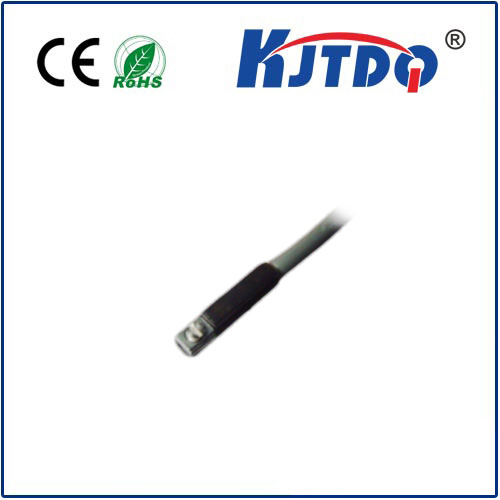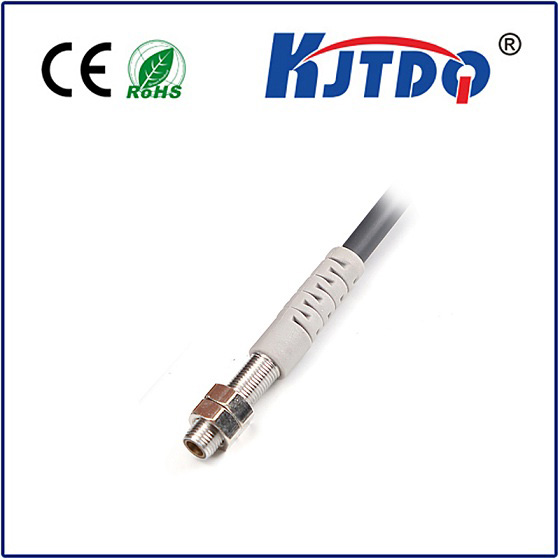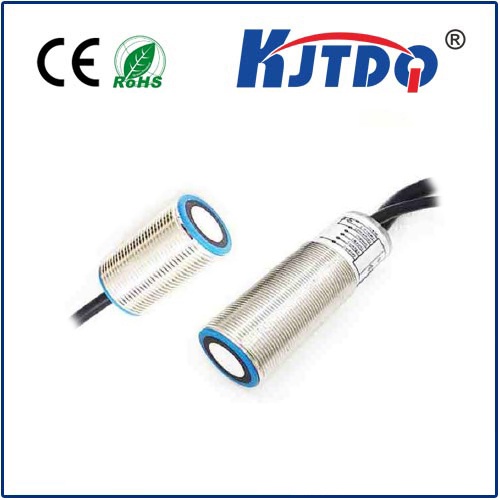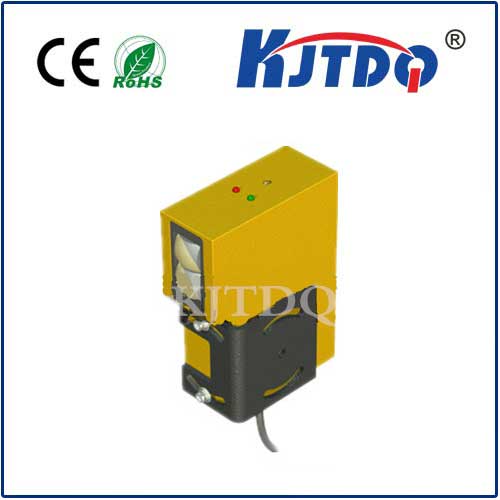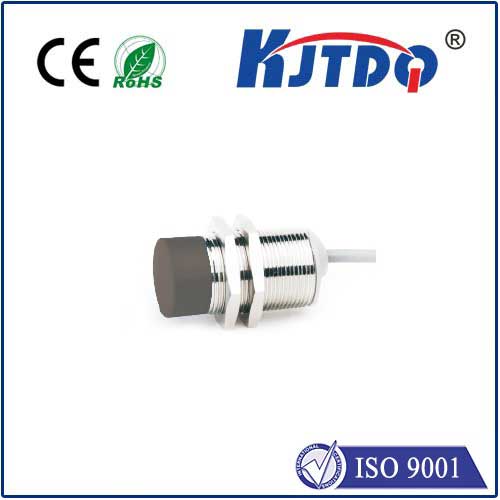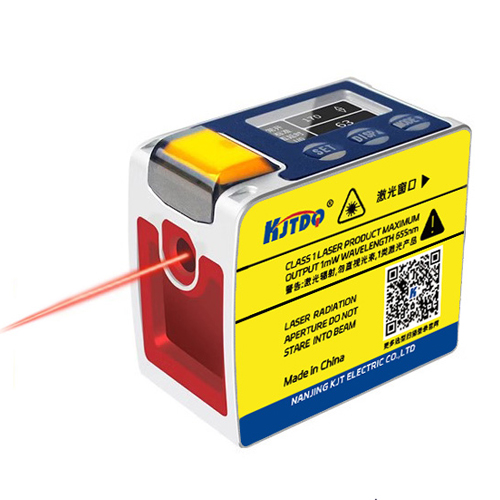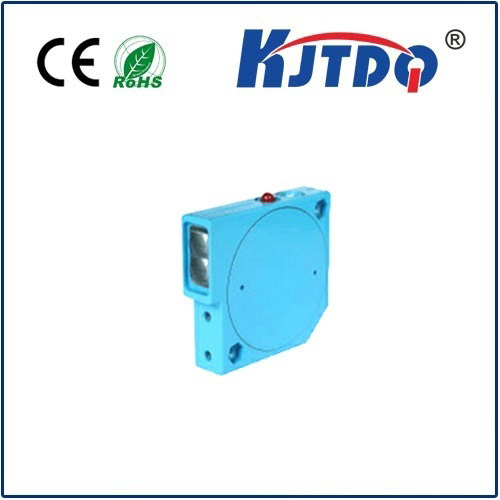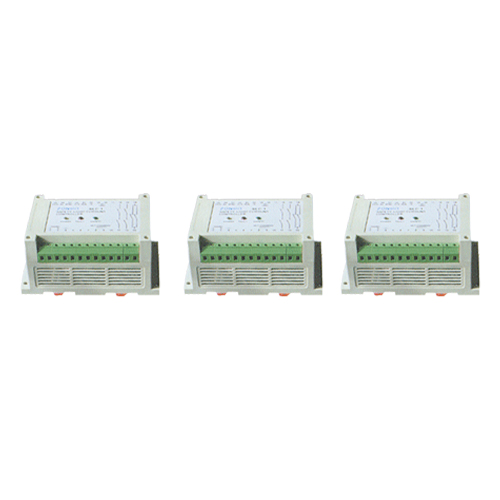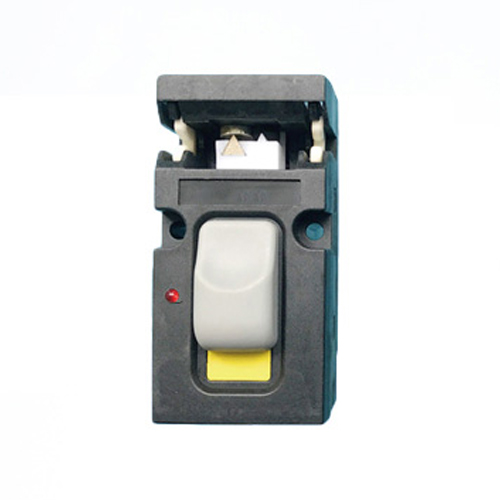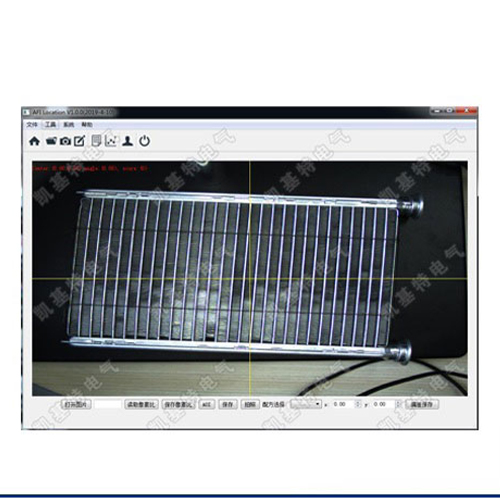

check

check

check

check
Water Level Sensor Radar: Enhancing Precision in Water Management
In today’s rapidly evolving technological landscape, water management has become increasingly critical for both residential and industrial applications. One of the most innovative tools in this field is the water level sensor radar, a device that offers precise and real-time monitoring of water levels in various environments. This article explores the functionality, benefits, and applications of water level sensor radar, highlighting how it is revolutionizing water monitoring and control.
The water level sensor radar is a sophisticated system that combines radar technology with sensors to provide accurate measurements of water levels. Unlike traditional methods that rely on physical probes or manual readings, this radar technology uses electromagnetic waves to detect and measure the depth of water in tanks, reservoirs, and pipelines. By emitting and receiving radar signals, the system can calculate the water level with high precision, even in challenging conditions such as high humidity or dense water environments.

One of the key advantages of water level sensor radar is its non-intrusive nature. It does not require any physical contact with the water, which makes it ideal for use in areas where direct measurement is impractical or damaging. Additionally, the radar is highly reliable and can operate continuously, providing real-time data that is essential for effective water management. This reliability is especially important in industries where water levels must be maintained at precise levels, such as power generation, agriculture, and water treatment plants.
Another significant benefit of this technology is its versatility. It can be deployed in a wide range of settings, from small-scale irrigation systems to large-scale water distribution networks. Whether it’s monitoring the water level in a swimming pool, a wastewater treatment plant, or a dam, the radar offers a consistent and accurate solution. Its ability to adapt to different environments makes it a valuable tool for both residential and commercial applications.
In addition to its technical advantages, the water level sensor radar also contributes to sustainability and efficiency in water management. By providing precise data, it helps reduce waste and optimize resource usage. For example, in agricultural settings, the radar can monitor water levels in irrigation systems, allowing farmers to adjust water supply based on real-time conditions. This not only improves crop yields but also conserves water, which is crucial in regions facing water scarcity.
The integration of water level sensor radar with other technologies, such as IoT (Internet of Things) and data analytics, further enhances its capabilities. These systems enable remote monitoring and predictive maintenance, allowing for proactive management of water levels. This level of integration ensures that water systems operate at their best, minimizing risks and maximizing performance.
In conclusion, the water level sensor radar represents a significant advancement in water monitoring technology. Its ability to provide accurate, real-time data with minimal physical intrusion makes it an essential tool for modern water management. As the demand for efficient and sustainable water solutions continues to grow, this technology will play an increasingly important role in shaping the future of water management.
